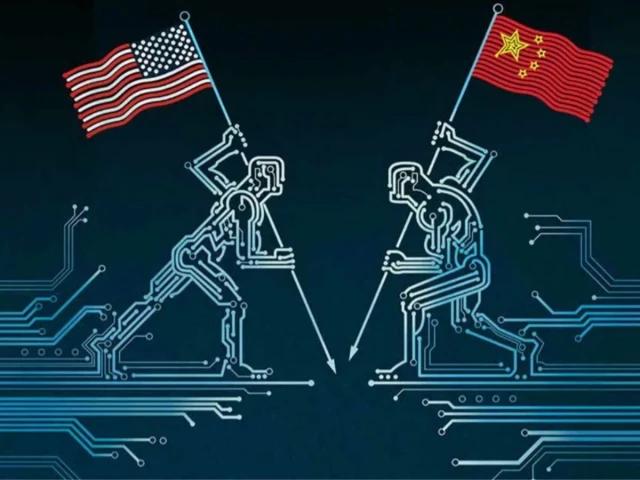In the 1960s, at the height of the Cold War, the world watched as the United States and the Soviet Union competed in the ‘space race.’ As both hurled rockets, satellites, and spacecraft into the upper atmosphere, each launch showcased more than technological prowess. The race to the moon became a test of geopolitical will, a symbol of which superpower would define the future. When Neil Armstrong planted the American flag on the lunar surface, the ‘giant leap’ he reflected on was not just for humanity, but a step that cemented the technology-powered hegemony the United States would enjoy for decades.
Today, against the backdrop of another great-power rivalry, a similar contest is unfolding. The stage this time is not just the vacuum of space, but the invisible architecture of algorithms an

 The Express Tribune
The Express Tribune

 America News
America News Associated Press Top News
Associated Press Top News Reuters US Top
Reuters US Top Associated Press US News
Associated Press US News Associated Press Elections
Associated Press Elections CNN
CNN The Daily Beast
The Daily Beast